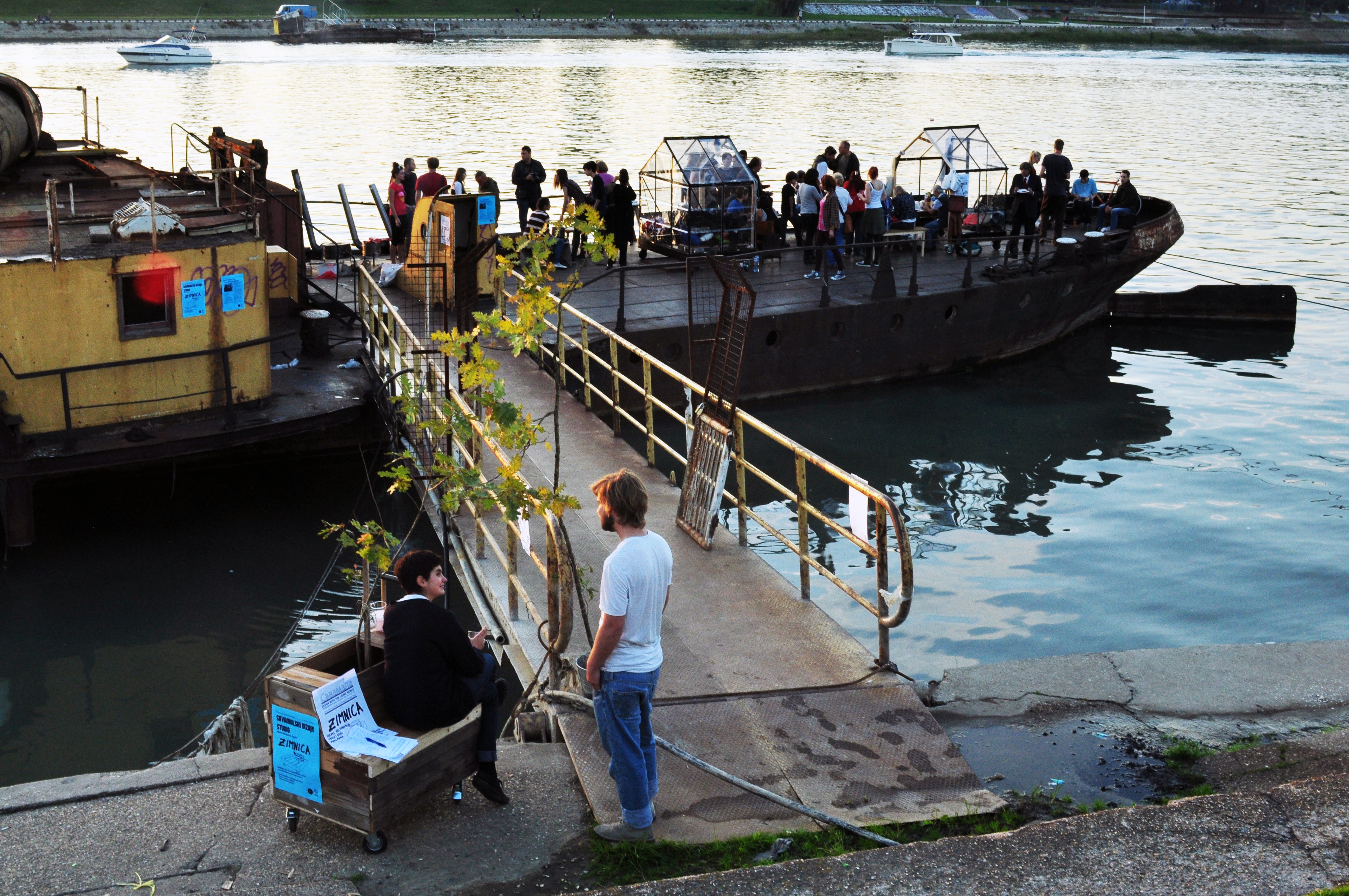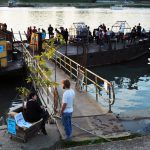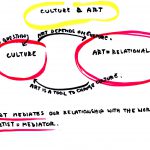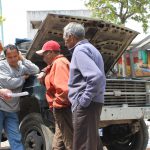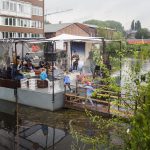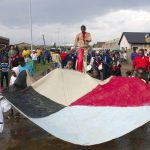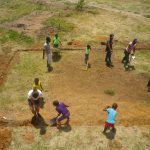Period
2011
Proposed by
Gilly Karjevsky
Location
Hamburg
About the project
Design for the Living World (DLW), a cross-disciplinary class on participatory practice at the University of Fine Arts in Hamburg, was started in 2011 by Marjetica Potrč with a group of students. Together they have developed a holistic practice that bridges art and design and focuses on real-world experience. The aim is to create images of alternative futures of communities. To do this, DLW engage in long-term collaborative community-based projects, living and working in a community for two to three months and exchanging knowledge and practices with local residents. The projects are truly collaborative, with DLW and the residents equally involved. DLW view art and design as tools of cultural change and see the projects as schoolrooms for testing methods of self-organising and solidarity. They serve as agents of political change toward a new social agreement, including new understandings of citizenship and collective decision-making. Each project is different, but certain principles underlie the practice:
1) Before arrival in a community, DLW research local challenges and identify leaders and initiatives, without forming concrete ideas.
2) After arriving, they get to know the community, adapting to local customs and norms, spending time with people, exchanging experiences, sharing dinners, etc.
3) They learn about people’s desires for the community and, with the residents, develop ideas for transforming a space.
4) Together, DLW and the residents build a physical space, around which new social relations form.
5) A project is successful when the community assumes control and DLW become irrelevant.
Notable projects include The Soweto Project (South Africa, 2014), In Solidarity (Mexico, 2017) and the on-going Das Archipel (Hamburg), launched in 2015 by three DLW students.
External links
About the artist
Marjetica Potrč and her students have developed their practice together for the past six years. Their curriculum, based on learning by doing, deepens knowledge learned from real-world situations. Parallel to the on-site projects, the class works out a theoretical framework around concepts like performative actions, relational objects, place-making, and rituals of transition. The focus is on people, not objects or spatial designs, with the conviction that public space is a social agreement.
